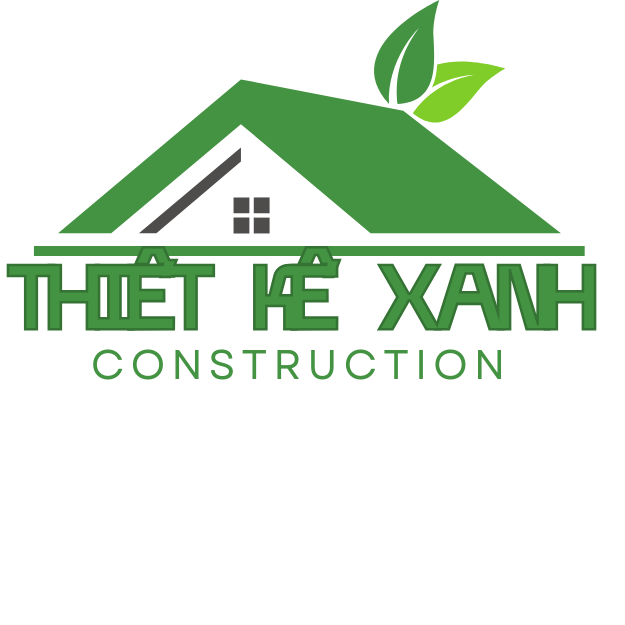Cognitive enhancers have risen as a hot topic in the world of brain health. Whether you’re hustling through college exams, grinding in a startup, or just trying to think clearer, nootropics promise to boost your brain.
So, what are nootropics really? They can be natural herbs or man-made compounds designed to supercharge your mental game. Whether it’s about remembering names or staying laser-focused at work, nootropics are in the conversation.
## Breaking Down Nootropics
Let’s dig into the main types of nootropics:
### Nature’s Brain Boosters
These include things like herbal extracts, vitamins, and adaptogens. Think of Ginkgo Biloba, Bacopa Monnieri, Rhodiola Rosea, Ashwagandha. These are known for helping with memory, reducing brain fog, and calming the nervous system.
One cool example: Lion’s Mane, which helps rebuild nerve cells in your brain.
### Pharmaceutical Nootropics
This category includes things like Modafinil, Adrafinil, and Racetams. These aren’t your average supplements—they’re legit pharmaceuticals, often prescription-only.
If you’ve ever wanted to work 12 hours straight with a smile, Modafinil might be why.
### Brain-Healthy Nutrients
Some nutrients are the fuel your brain runs on. Omega-3 fatty acids (DHA), B-vitamins, magnesium, choline—all play vital roles. Even dehydration or lack of electrolytes can dull your cognition.
## Mechanisms Behind the Magic
So how do these smart drugs actually work? Some improve cerebral blood flow, others enhance synaptic plasticity. That’s why some people swear they feel like a genius after taking them.
If your brain was a car, acetylcholine would be the fuel injection system.
## Why People Use Them
Here’s what users report:
– Sharper remembering
– Laser-like concentration
– More dopamine-driven energy
– Quicker grasp of complex concepts
– Zen-mode activated
Results vary from person to person, but many report brain fog lifting like morning mist.
## The Flip Side
Nootropics aren’t all sunshine and genius. Some people experience insomnia, jitteriness, or headaches. Things like Modafinil can be habit-forming or require cycling.
The supplement industry isn’t well regulated. If it sounds too good to be true, it probably is.
## Nootropic Stacks
A popular practice is stacking—combining multiple nootropics for synergistic effects. Examples include:
– **Caffeine + L-Theanine**: Like espresso with a meditation app
– **Modafinil + Alpha GPC**: Hardcore productivity combo
– **Bacopa + Rhodiola + Lion’s Mane**: Balanced, plant-powered stack
Too lazy to mix powders? There are ready-to-go nootropic blends available.
## Who Uses Nootropics?
You’d be surprised who’s popping these pills. Common users include:
– Sleep-deprived college kids
– Startup founders pulling 16-hour days
– Gamers looking for quicker reflexes
– Artists hunting the muse
– Boomers fighting brain fog
## Beginner’s Guide
So how do you start? Follow these steps:
1. **Start small**: Ease into it
2. **Research thoroughly**: Don’t rely on marketing
3. **Cycle your usage**: Give your brain a breather
4. **Track your results**: Notice what improves and what doesn’t
5. **Talk to a doctor**: Medical advice is key
## Final Thoughts
Are they miracle drugs? No. But are they helpful? Potentially.. Used responsibly, they may be the edge you’ve been looking for.
The future of brain enhancement might already be in your pillbox.
Read more: omeka.net (best nootropics cognitive enhancers)
